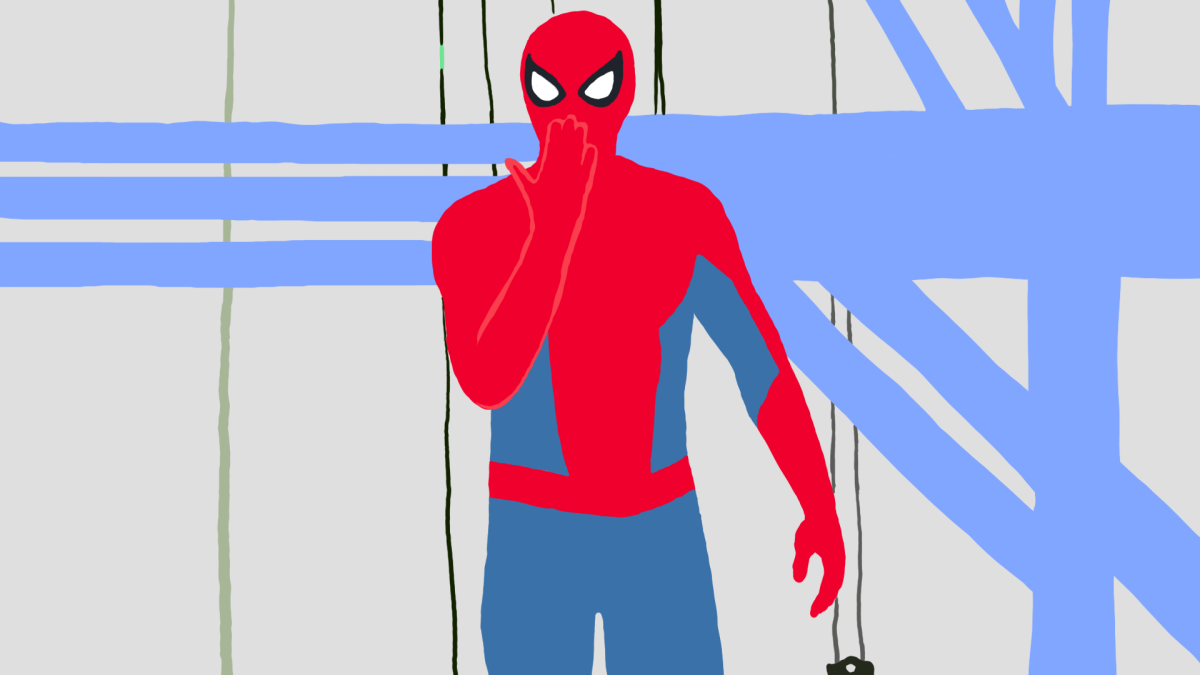
Rory Moon
Spoilers have long fueled cultural debates. From the identity of Luke Skywalker’s father to the disappearance of half of the Marvel Cinematic Universe, a major twist in popular media often enters the cultural consciousness as a taboo, a no-go for conversation.
But spoilers aren’t just the reveal of a twist ending. For some, a general lack of information before seeing a film is crucial to the experience. So, anything that ruins the magic of a first-time viewing could be considered a spoiler.
Tommy Jenkins, a film studies lecturer, said he believes spoilers are a cemented part of the current media landscape.
“Spoilers are kind of inevitable in the age we live in now. With social media and the internet, stuff gets leaked and it’s out there,” Jenkins said.
The general rule of thumb for spoilers is to avoid major plot points, character developments and end-of-film events. But this doesn’t always apply. Trailers for horror or action movies often show their biggest spectacles, their third act, block-busting moments in order to convince general audiences that they are worth seeing.
Jenkins said some of these so-called “spoilers” are intentional marketing, part of drawing in modern audiences’ attention. For example, “Spider-Man: Brand New Day” was recently filming in Glasgow, Scotland, and some well-timed, unprofessional photos have sparked a new wave of speculation and excitement.
This tug-of-war over information wasn’t always the reality of the media. Before the widespread use of the internet, marketing teams did their jobs through trailers and advertising, which audiences only saw through official channels.
“A lot of excitement came from word of mouth and people … from really good marketing campaigns that weren’t going to reveal anything,” Jenkins said.
Now, a movie like “The Devil Wears Prada 2” is discussed and analyzed with or without producers’ consent. Backdropped by the most iconic symbols of New York City, it was inevitable that paparazzi, influencers and the general public would seek photographs and interactions with the actors. Long before the film’s official marketing campaign, an organic one had emerged.
Luke LeGrand, a graduate student studying communication, rhetoric and digital media, teaches film in the English and communication departments. LeGrand noted that spoiler culture is a relatively new phenomenon.
“People are sharing so much information about general content that it’s possible for a surprise to get ruined for you,” LeGrand said. “And it’s happening with such frequency that we’ve developed a whole term for it, right? The spoiler.”
The robust conversations around “The Devil Wears Prada 2,” years before its release, are a great example of producers using the media landscape to promote their film.
“The producers, the people who are actually paying to make this movie, have an interest in generating funds,” LeGrand said. “‘The Devil Wears Prada 2’ is a movie about fashion, so if you can get these famous performers and designer outfits in shareable images, that’s going to be a really effective marketing tool.”
But this lack of control over content also has downsides. An article by Meguire Hennes for Marie Claire magazine expressed a common sentiment: seeing photos from “The Devil Wears Prada 2” is particularly treacherous for a movie about fashion. As much fun as it is to speculate about these characters again, it is ultimately to the detriment of the viewer.
This is the push and pull between what audiences want and what producers need to do to make money.
“The audience wants to have suspense,” LeGrand said. “They want to be surprised or amazed by what they see in a film, whereas the people who are actually paying to produce the movie want to generate interest. They want buzz. It’s almost impossible to make everybody happy.”
Even buying a movie ticket online presents customers with a flood of information, including the cast, director, synopsis, clips and more.
“That ‘pure movie going experience,’ really doesn’t exist anymore.” LeGrand said. “The whole system that we use to participate, gain access and share these things is so informationally dense that we don’t go into things quite as blind.”
Ultimately, it’s up to the viewer to decide whether this new era is better or worse. We may have lost a certain esteem around new movies, but we have gained a landscape that enables conversation and speculation, which engage audiences in a whole new way.
Rather than the information being contained to official marketing and discussion limited to a film’s time in theaters, audiences can interact with these films much more freely and frequently. While we crave those initial waves of excitement in the theater, first-viewing magic isn’t the only kind of value the modern world of film can offer.